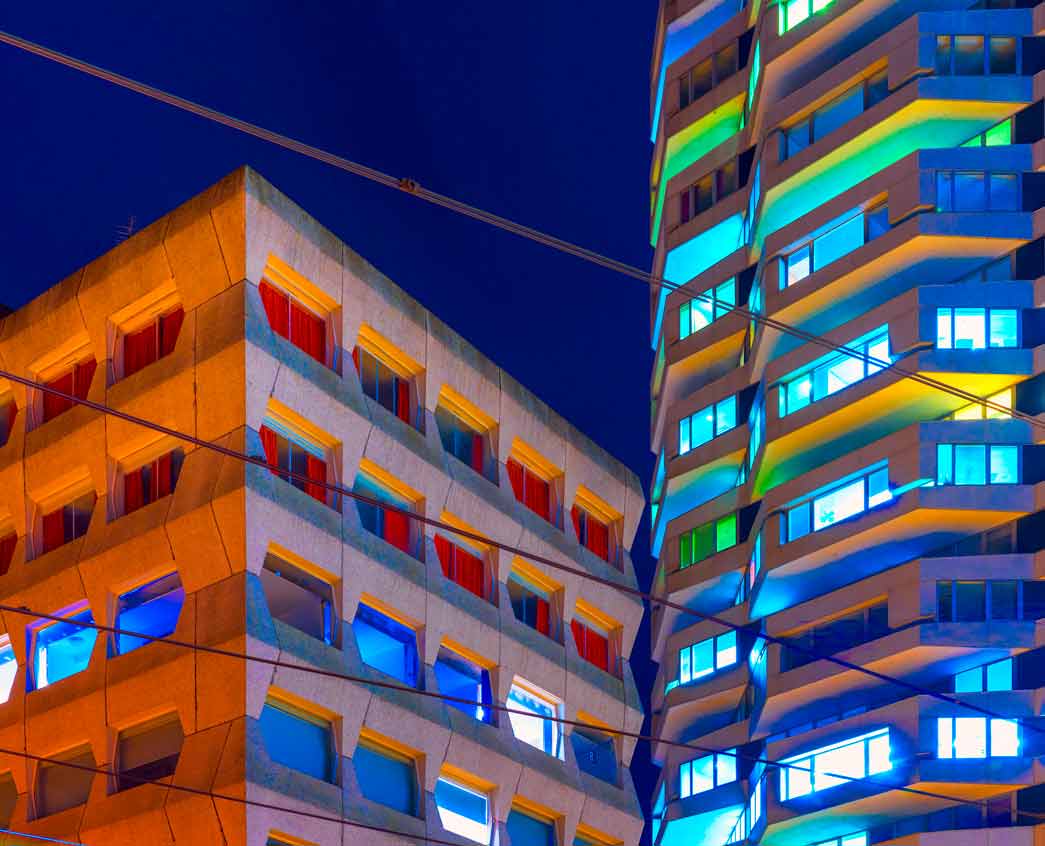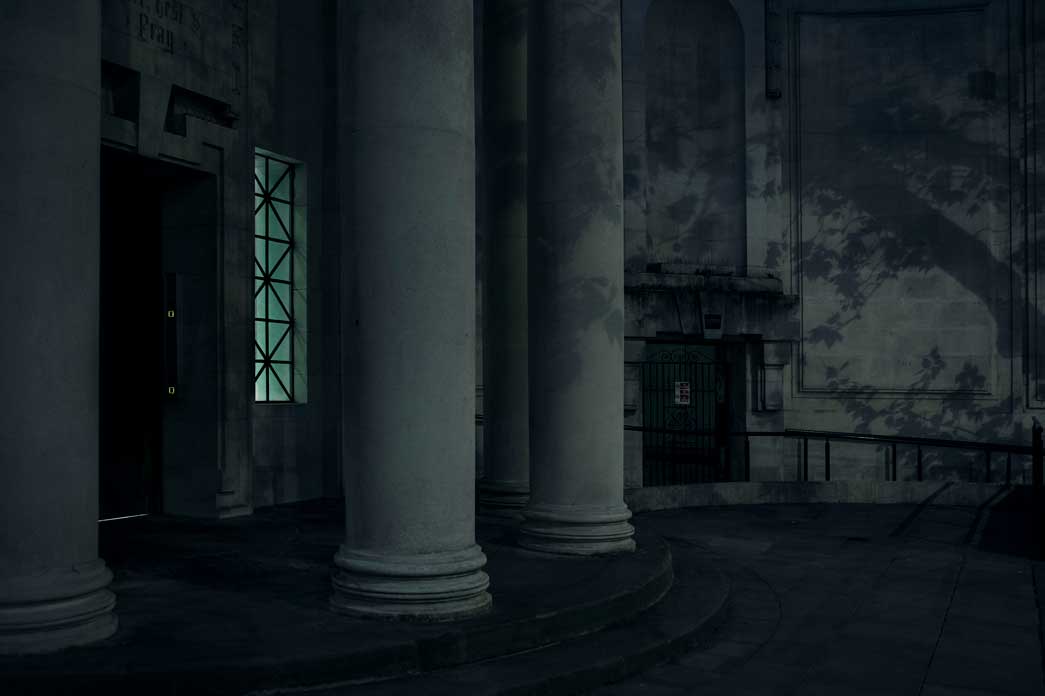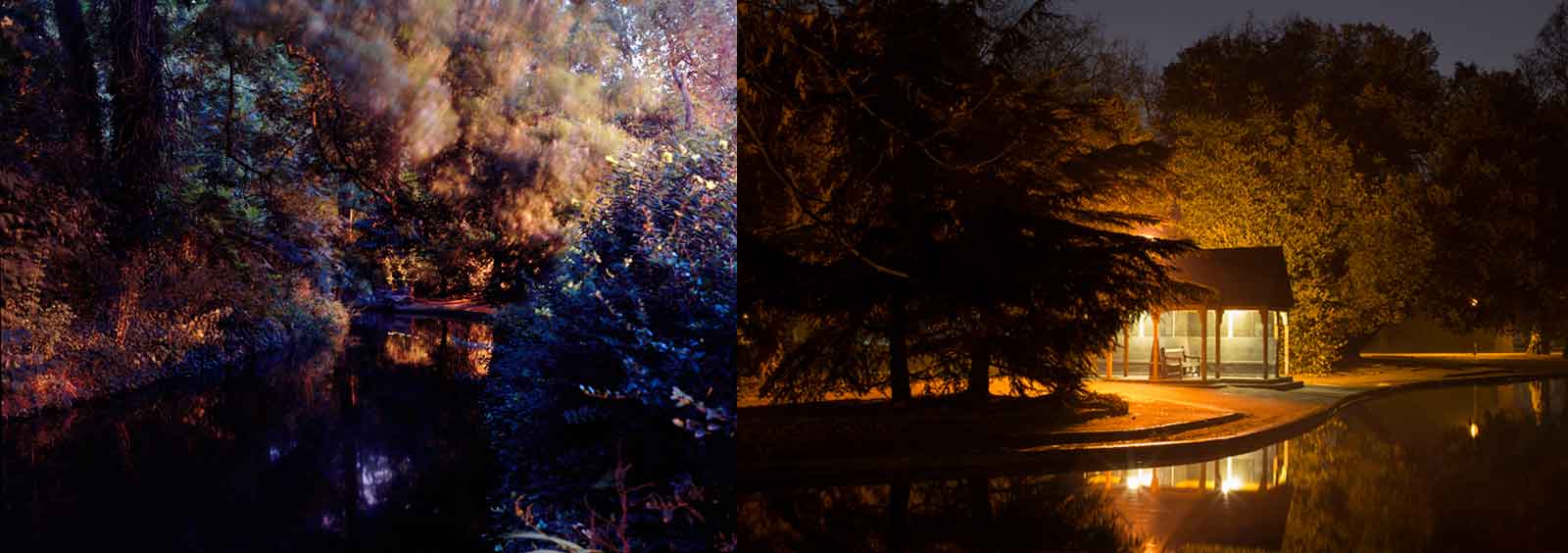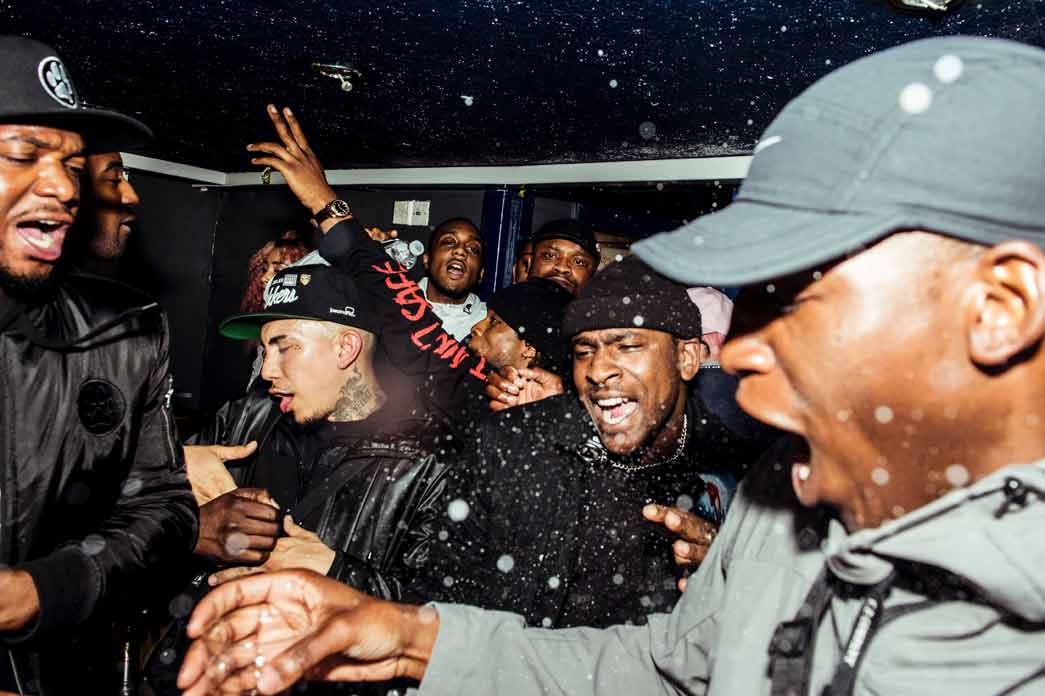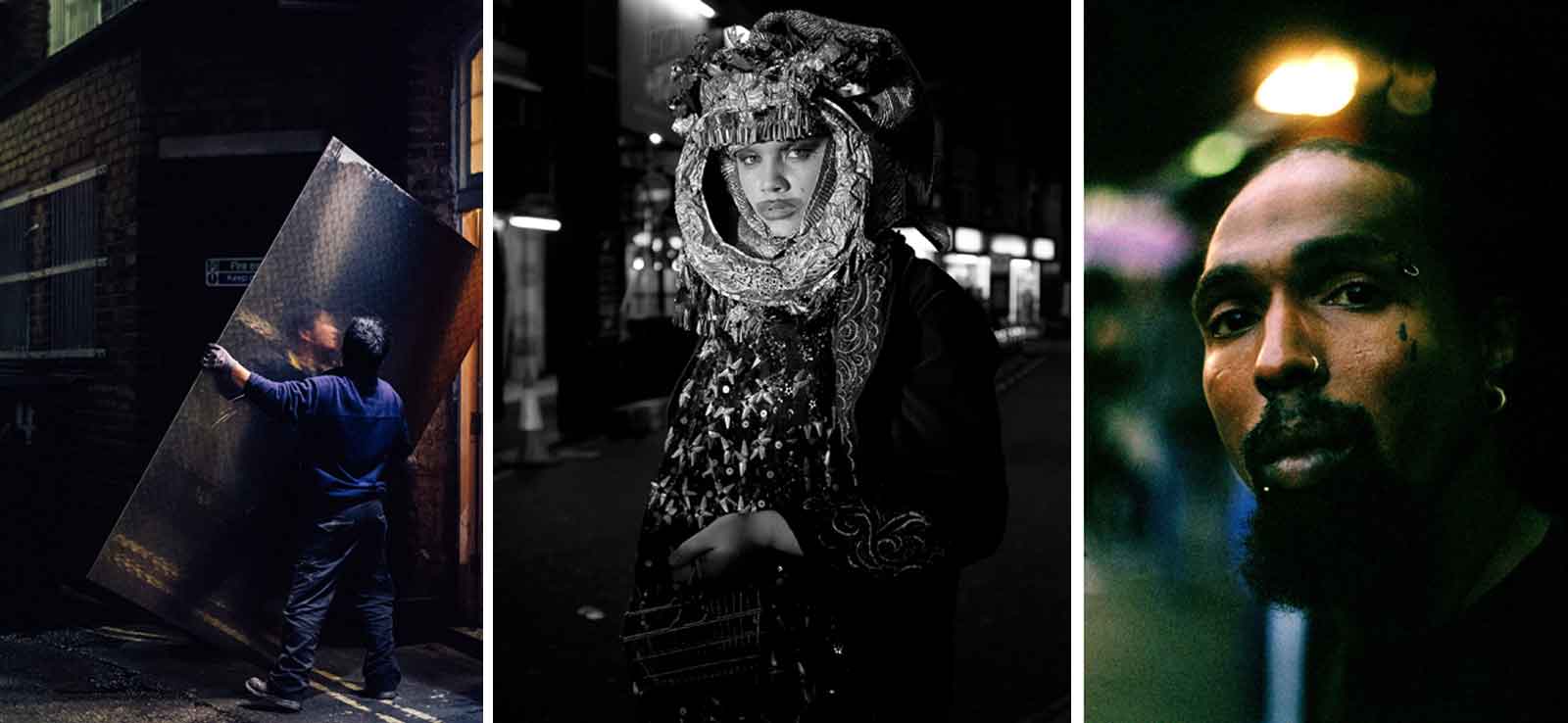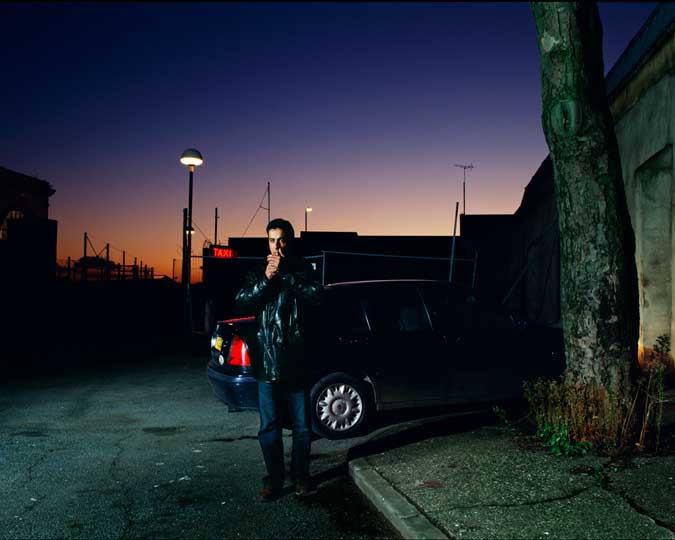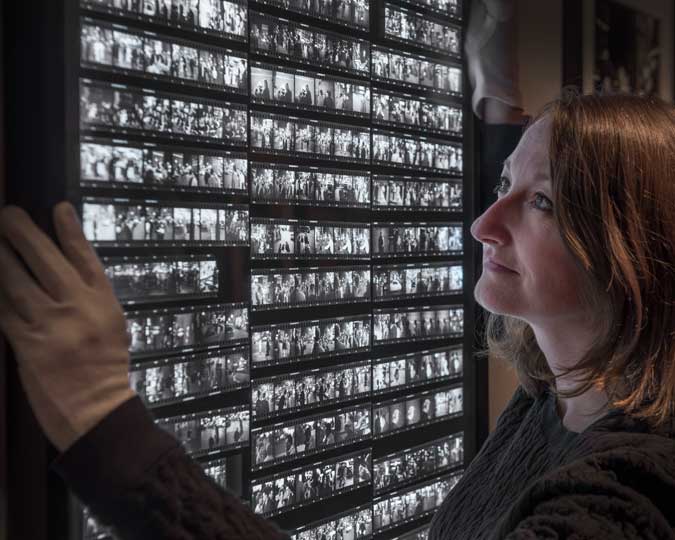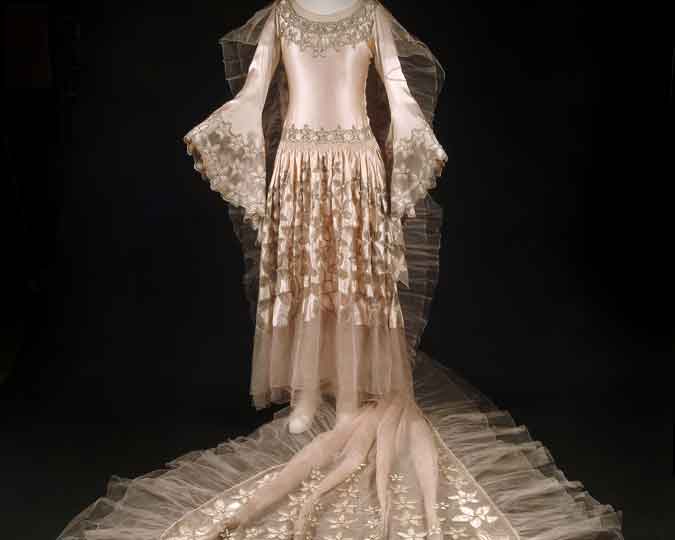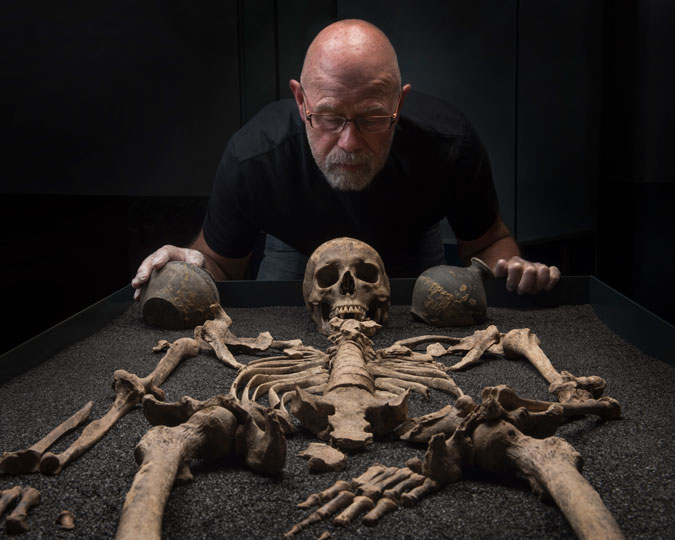How do you select just five photographs to reflect London at night? Curator Tom Ardill peers into our Dark Corners competition, revealing the winners and shortlisted images from thousands of photographs exploring the city's dark side.
The London Nights and Dark Corners exhibitions closed on 11 November 2018.
London Nights, our major 2018 photography exhibition, displayed two hundred works of film and photography revealing the city at night. But we wanted to see how a wider range of photographers were approaching the genre of night photography, so the Museum of London teamed up with the British Journal of Photography to run a competition. The prize for the five winners: display in the museum for their photographs during our London Nights season.
We presented photographers with an open brief, simply challenging them to respond to the city after dark. Images had to be submitted in the categories of north, south, east, west and central London. Rather than strictly defining the boundaries of each area we allowed entrants to select which category they felt was the best fit. Which dark corners of London would they select, how would they tackle the challenge of photographing in low light, and how would they represent their experience of our city at night?
We received 2180 images from 392 photographers- here are the winners and some of the shortlisted picks.
Finalist: Christopher Hope-Fitch, South
In contrast to many of the pictures in London Nights, few participants chose to shoot iconic landmarks. The exception in the display is Christopher Hope-Fitch’s image of No.1 Croydon with 22 Addiscombe Road, two brutalist buildings that will be instantly recognisable to people familiar with East Croydon. Hope-Fitch, however, has sought to defamiliarise these landmarks, and upset our expectations of brutalist architecture, by moving away from the cliché of shooting in black and white. Instead, Christopher takes advantage of the huge amount of colour that digital sensors are now able to capture. By oversaturating the colour, his image emphasises the contrasting light sources that illuminate modern cities.
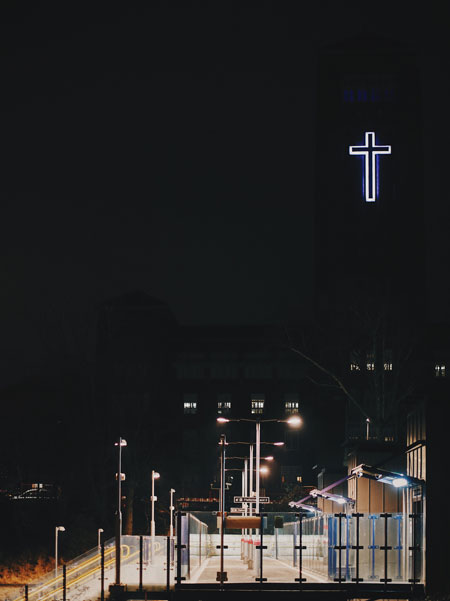
Shortlisted: Mykola Romanovsky, Denmark Hill
The opening section of London Nights, London Illuminated, looks at how photographers have sought to capture the city’s glow after dark. This was a particular challenge in the earliest days of photography, necessitating technical innovation and artistic experimentation to create legible and aesthetically successful images in low or artificial light. Although it is today much easier to shoot at night, thanks to sophisticated digital sensors and computer manipulation, photographers are still experimenting with a range of techniques and producing original and varied results.
Mykola Romanovsky, for example, has used a relatively fast shutter speed and no flash so that artificial lights stand out against a dark backdrop. This results in an image of William Booth College from Denmark Hill Station in which the illuminated cross on the Salvation Army headquarters appears suspended in the air above the railway bridge, as if offering redemption to commuters.
Finalist: Valentina Casalini, Central
The magical potential of night light is also explored by Valentina Casalini who has sought a gothic atmosphere for her image of Aviation House in Holborn, representing central London in Dark Corners. The blue hue, suggestive of moonlight, lends the portico a monumental air that it lacks in daylight when, set back from the busy Kingsway, it is easily missed. A slither of light beneath the door is suggestive of secret activities within, reflecting Dark Matters: the second theme of London Nights.
Shortlisted: Agnese Sanvito
Finalist: Richard Burniston, West
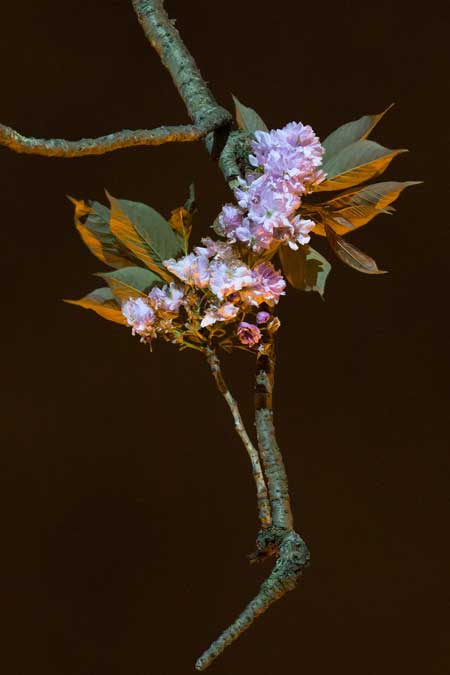
Richard Burniston, Tolworth
On display in Dark Corners
Nature proves to be a strong presence among the Dark Corners shortlist. Agnese Sanvito, for example, has selected park settings for her two photographs: the New River Walk in Canonbury and Battersea Park, both of which use long exposure to make the most of the strange light and ghostly effects of reflections on water at night.
Richard Burniston’s picture of cherry blossom might have been taken in almost any London suburb, yet for him the image of spring blossom transformed by the yellow glare of street lights was a potent memory of a particular place: the Sunray Estate in Tolworth. On returning there, Burniston found that his trees had been felled, but another nearby – “a pristine tree in bloom” – offered a substitute. It is perhaps fitting that such a personal, yet familiar object of memory should be represented by a surrogate.
Finalist: Jordan Hughes, East
As well as these wistful, sombre and unreal takes on the night, there are celebratory images in the shortlist and display. Images of London’s nightlife were a particular strength, echoing one half of the Switch On/Switch Off section of London Nights. Jordan Curtis Hughes has set out to capture the London grime scene with an eye on future generations of fans. “I want kids to wish they were born early enough to see Skepta at a tiny underground club in Dalston” he writes of his picture taken at Visions. Beer spray catches the camera flash in an explosion of creative energy.
Finalist: Robert Waddingham, North
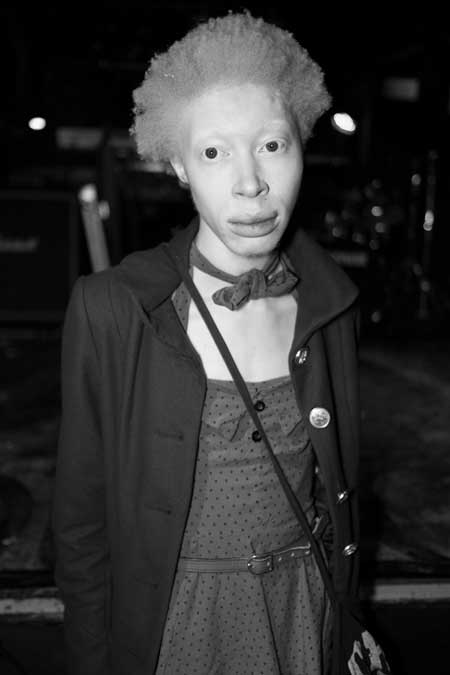
Robert Waddingham, Angel
On display in Dark Corners
In fact the originality, creativity and individuality of London nightlife proves to be a popular subject for photographers. Comparable in subject, though very different in style to Damien Frost’s colourful Night Flowers portraits in London Nights, is Robert Waddingham’s grainer, more spontaneous portrait representing north London. Taken at Club AntiChrist at Electrowerkz in Angel, the sitter confronts the camera with both confidence and vulnerability, “caught in a fleeting moment of light” before “disappearing back into the night”.
Shortlisted: Joshua K. Jackson, Anya Broido, 'London Vagabond'
Let's not forget London's nocturnal denizens, whether people who work through the night to keep the city moving or simply those abroad after dark for unknown purposes. These shortlisted competition entries from Anya Broido, Joshua K. Jackson and the pseudonymous ‘London Vagabond’ all work in the street photography tradition. Their photographs depict a diverse range of characters, leaving us to speculate about their stories.
Together, the works submitted to our Dark Corners competition demonstrate that night photography continues to be a vibrant pursuit in London. Its possibilites are being explored by photographers working within a wide range of genres and traditions, and with a variety of approaches, concerns and techniques. With our final selection, the museum’s curators of art and photography tried to capture in just five works some of the many moods of London after dark. Which pictures would you have chosen to represent the dark corners of the city?








